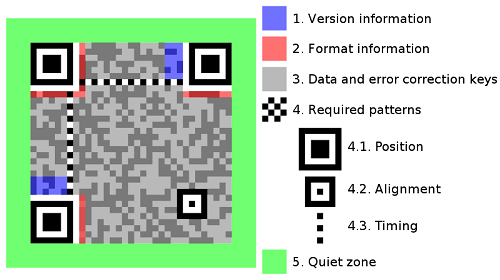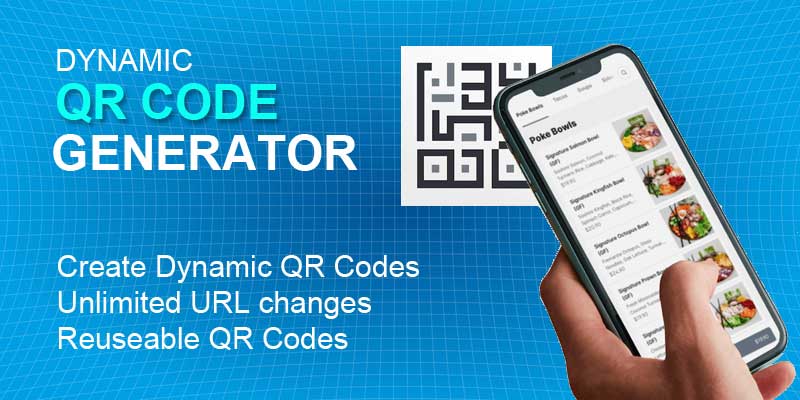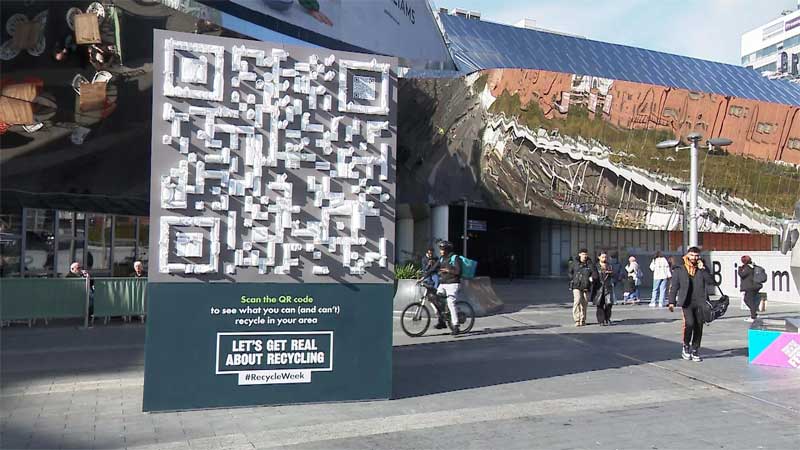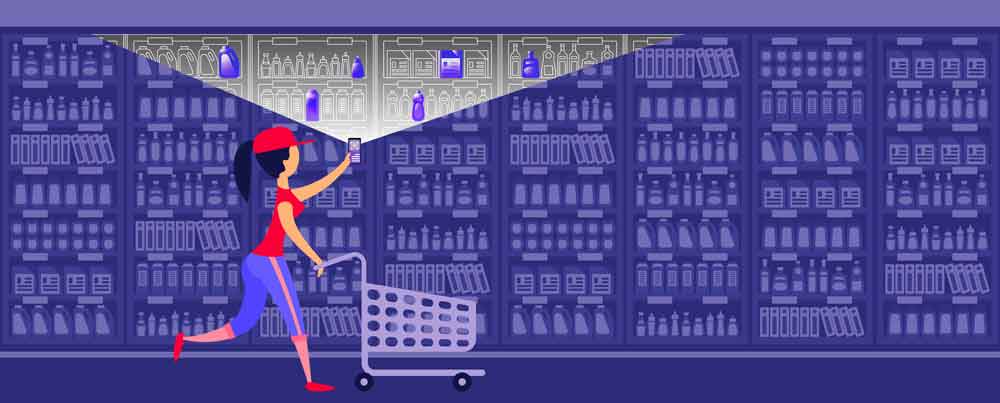QR Codes come in two types.
1. Free Static QR Code Generator which are free and the QR Code editing is restricted to the looks and not the destination.
2. Dynamic QR Codes which the destination is editable and trackable and have a fee for the database. You can also do everything you can do with static QR Codes as far as decoration etc.
QR Code editing also depends on what you want to edit.
All QR Codes can have colours, logos etc changed as long as the basic squares are not changed. Remember to keep a good contrast between the squares and the background and always test before printing.

QR Code Editing
The second part of QR Code editing is in the destination and requires the use of a Dynamic QR Code. Many businesses will change the destination for many reasons.
- To get stastics and see how the QR Code is performing. You can also use something like the Google UTM to get even better statictics. This is a common QR Code editing technique for more results.
- Many businesses want to test their various portals and a Dynamic QR Code is great for this as you can send scanners to facebook one week and then your Youtube chanel another week and so on. Compare the results.
- Just like any marketing strategy you need a good offer and again a QR Code can help in this a lot as you get metrics to show how each offer performs.
- Dynamic QR codes can be used to provide real-time updates on event details, such as the location, time, or schedule, making it easy to keep attendees informed. You can use the same QR Code to link to registration form, then to speaker overview and finaly after the conference to a feedback form then access videos or audios of the conference.
Dynamic QR Codes are QR Codes that can be edited or updated even after they have been generated and printed or displayed. Unlike static QR codes, which cannot be modified once they have been created, dynamic QR Code editing allows as many times as needed.
Only Dynamic QR Codes can be paused or deactivated. Pausing allows you to temporarily deactivate the QR Code while deleting results in permanent deactivation. In either case, as soon as you complete these instructions, your QR Code will no longer be accessible for scanning by other users.
Dynamic QR codes are generated using a QR Code generator that is connected to a database or a platform where the information encoded in the code can be updated in real-time. QR Code editing allows you to change the destination URL or the information contained in the code even after the code has been distributed and scanned by users.

7 uses of dynamic Qr Codes
Now that you understand the difference between the two types of QR Codes you can start to appreciate the many different functions especially with Dynamic QR Codes. You can also recycle them over and over again.
Dynamic QR codes have many different use cases, some of which include:
- Marketing and advertising: Dynamic QR codes can be used to provide real-time updates on promotions, discounts, or product information, making it easy for companies to keep their customers informed and engaged.
- Event management: Dynamic QR codes can be used to provide real-time updates on event details, such as location, schedule, or ticket information, making it easy for attendees to stay up-to-date.
- Inventory management: Dynamic QR codes can be used to track and manage inventory, allowing you to update the information about a product or item in real-time.
- Payment processing: Dynamic QR codes can be used to facilitate secure and efficient mobile payments, making it easy for customers to make purchases using their smartphone.
- Contact management: Dynamic QR codes can be used to store and share contact information, such as business cards, making it easy for individuals to exchange information with each other.
- Real estate: Dynamic QR codes can be used to provide real-time updates on property listings, allowing real estate agents to easily keep their customers informed about new properties and changes to existing listings.
- Education: Dynamic QR codes can be used in the classroom to provide students with access to real-time updates on assignments, schedules, or other important information.
These are just a few examples of how dynamic QR codes can be used in different industries and applications. The flexibility and ease of use of dynamic QR codes make them a valuable tool for businesses, organizations, and individuals looking to streamline their operations and provide a better user experience.

Recycle Dynamic QR Codes
Recycling dynamic QR codes refers to the process of reusing a dynamic QR code that has been previously generated. This can be done by updating the information encoded in the code or changing the destination URL. This feature is what makes dynamic QR codes different from static QR codes, which cannot be edited or updated once they have been generated.
Recycling dynamic QR codes can be useful in a variety of scenarios, such as:
- Updating marketing campaigns: Dynamic QR codes can be recycled and updated with new promotions or discounts, making it easy for businesses to keep their customers informed and engaged.
- Repurposing event information: Dynamic QR codes used for events can be recycled and updated with new information, such as changed locations or schedules, making it easy for attendees to stay up-to-date.
- Inventory management: Dynamic QR codes used for inventory management can be recycled and updated with new information about products or items, allowing you to keep track of changes in real-time.
In conclusion, the ability to recycle dynamic QR codes makes them a flexible and efficient tool for businesses, organizations, and individuals looking to update information encoded in a QR code or change its destination URL.
This feature provides a convenient and cost-effective solution for updating information in real-time, without the need to generate and distribute new QR codes.
Recent Posts
- 7 reasons to use QR Codes
- 5 Tips For QR CODES Success
- QR Codes for artists
- Bulk QR Codes
- Business Mobile Marketing with QR Codes
- QR Codes for Building Industry
- QR Codes For Everyone
- Marketing with QR Codes
- Watch videos on Youtube

